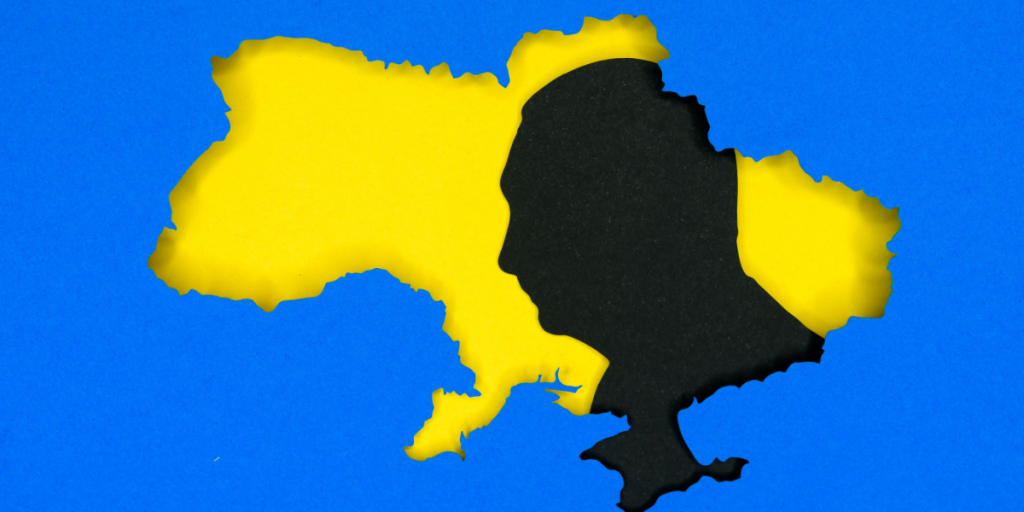In fact, Russia won’t even be able to take the rest of Donetsk Oblast in 2026 at the current pace.
Others are reading now
Last week, U.S. Army Secretary Dan Driscoll allegedly told Ukrainian officials that Ukraine would suffer an imminent defeat against Russia, NBC News reports.
He apparently told the officials that Russia could fight “indefinitely,” and that the situation would only get worse for Ukraine.
The Institute for the Study of War (ISW) notes that the Kremlin has amplified a narrative of inevitable victory, particularly following reports of a 28-point peace outline, in what analysts say is an attempt to pressure Kyiv and Western governments into accepting Moscow’s conditions.
But is it true that a Russian victory in Ukraine is inevitable? Not according to data from the battlefield.
Signs of strain
A growing body of battlefield data challenges claims from Moscow that its forces are on the verge of a decisive breakthrough in eastern Ukraine.
Also read
According to an assessment by ISW, published in its daily update on Nov. 26, 2025, Russian troops have struggled for months to secure key urban areas that the Kremlin portrays as within easy reach.
While Russian units continue to push forward, their pace suggests that a rapid capture of all remaining territory in Donetsk Oblast is far from assured, ISW notes.
Slow push in Donetsk
Russian forces entered Pokrovsk on July 31, yet ISW reports that their advance there has averaged just 0.12 kilometers per day through November 26.
Despite deploying elements from at least two combined arms armies, Russian units have taken control of only about two-thirds of the town after more than 118 days of fighting.
Pokrovsk and neighboring Myrnohrad have been treated as priority targets, but Ukrainian defenders have effectively reduced Russian momentum to what ISW describes as “footpace.”
Also read
The think tank adds that the town’s size — roughly 11.5 square miles — underscores the limited progress achieved despite sustained manpower and artillery commitments.
Years away from conquering Donetsk
Russia’s overall rate of advance has, however, increased since the Alaska summit in mid-August, with forces gaining an average of 9.3 square kilometers per day across the broader theater between August 15 and November 20, ISW notes.
That uptick is largely driven by quicker gains in parts of eastern Dnipropetrovsk and Zaporizhia oblasts, rather than in Donetsk itself.
Even at the current pace, ISW estimates it could take Russia until August 2027 to seize all remaining Ukrainian-held areas of Donetsk Oblast, assuming the rate of advance remains unchanged.
The think tank assesses that Russia will likely continue emphasizing attacks in Donetsk but is unlikely to scale back operations in other sectors, as Moscow seeks to maintain pressure along the entire front.
Also read
Sources: Institute for the Study of War, NBC News


